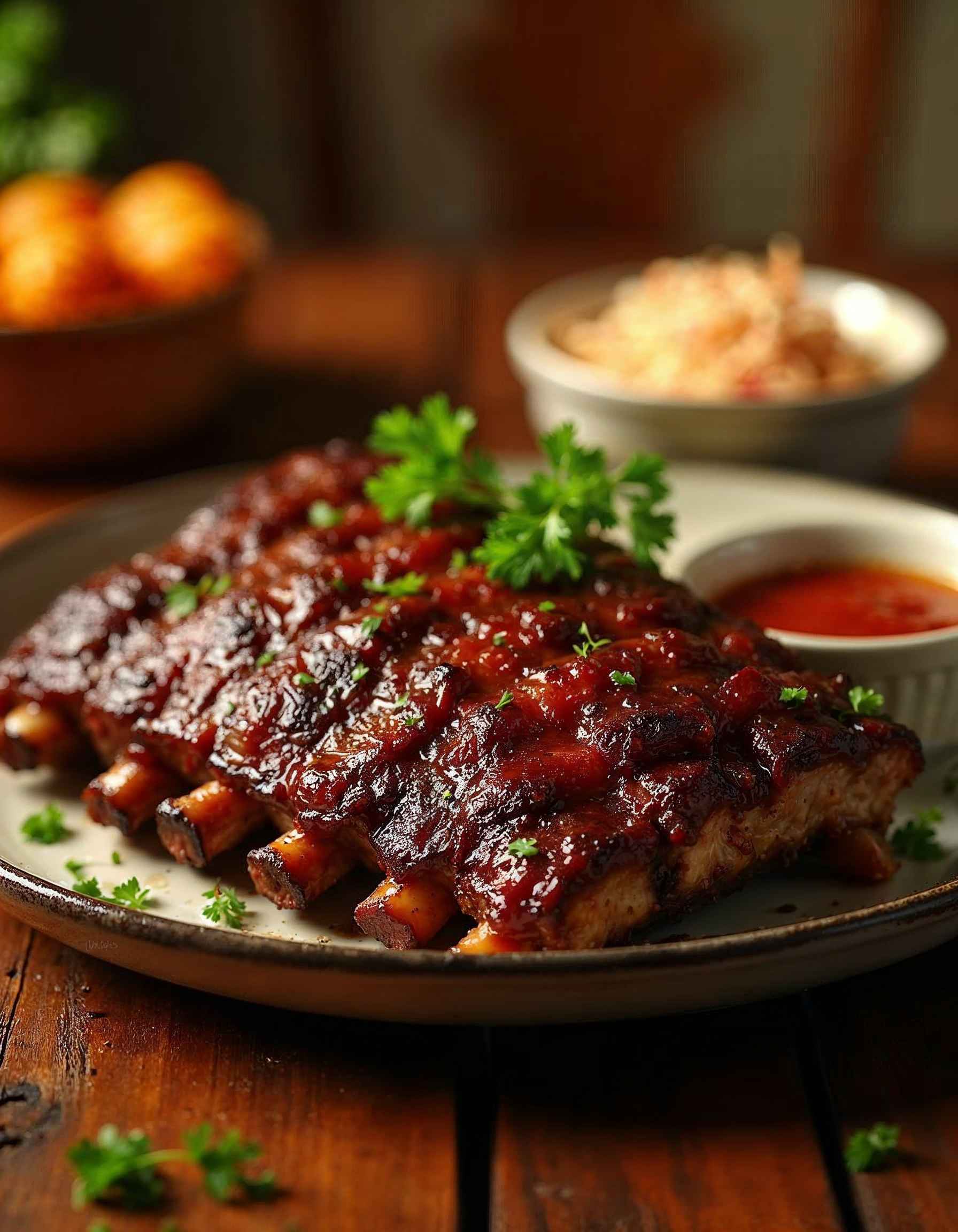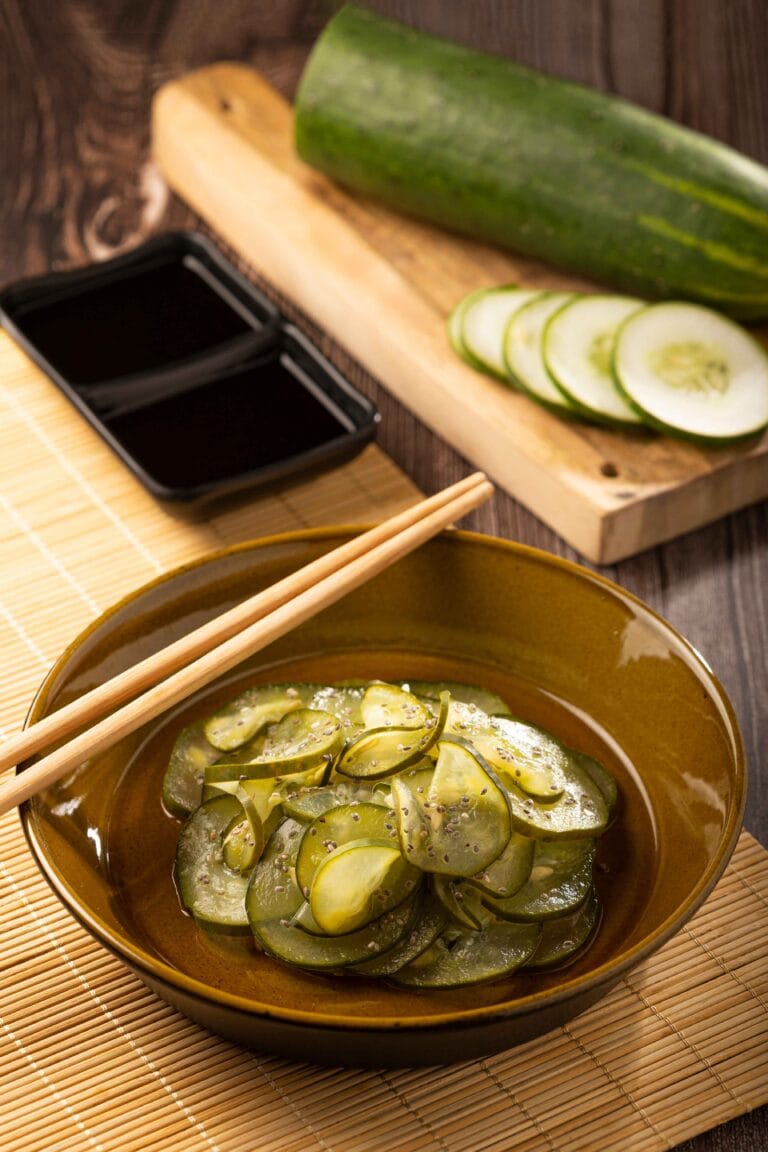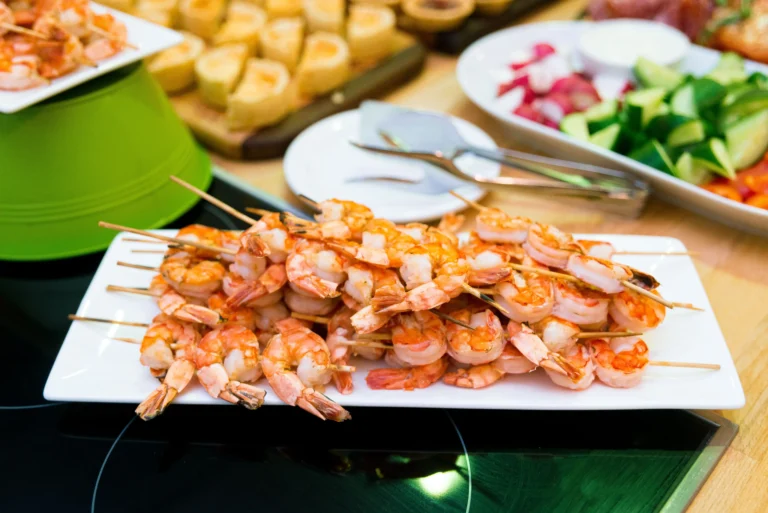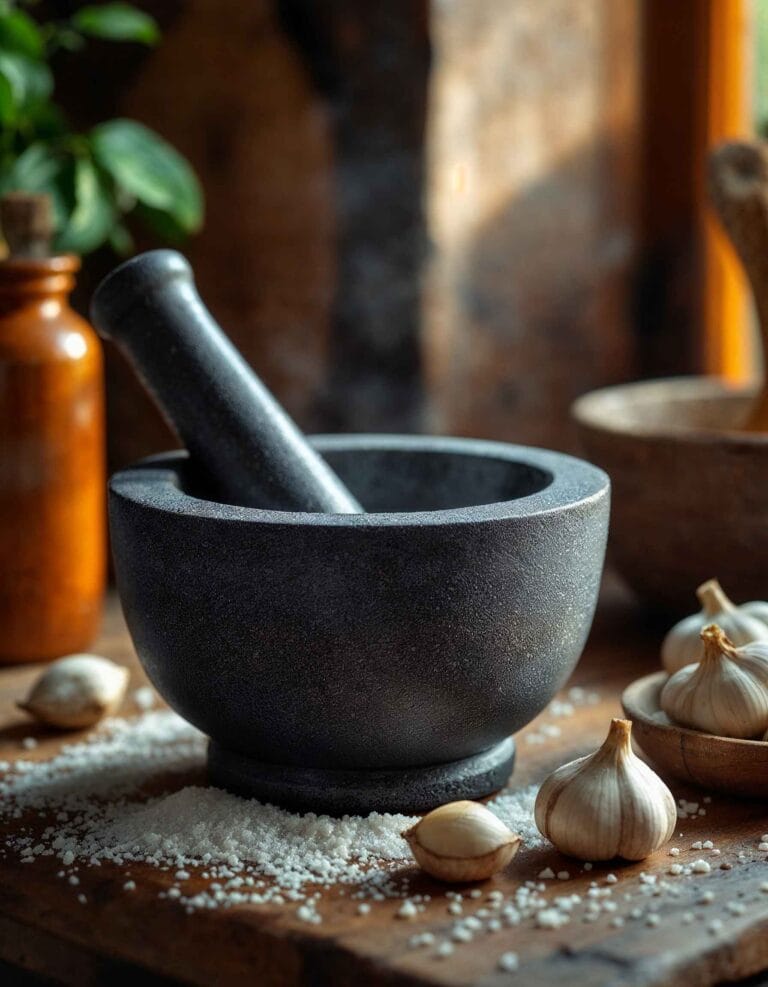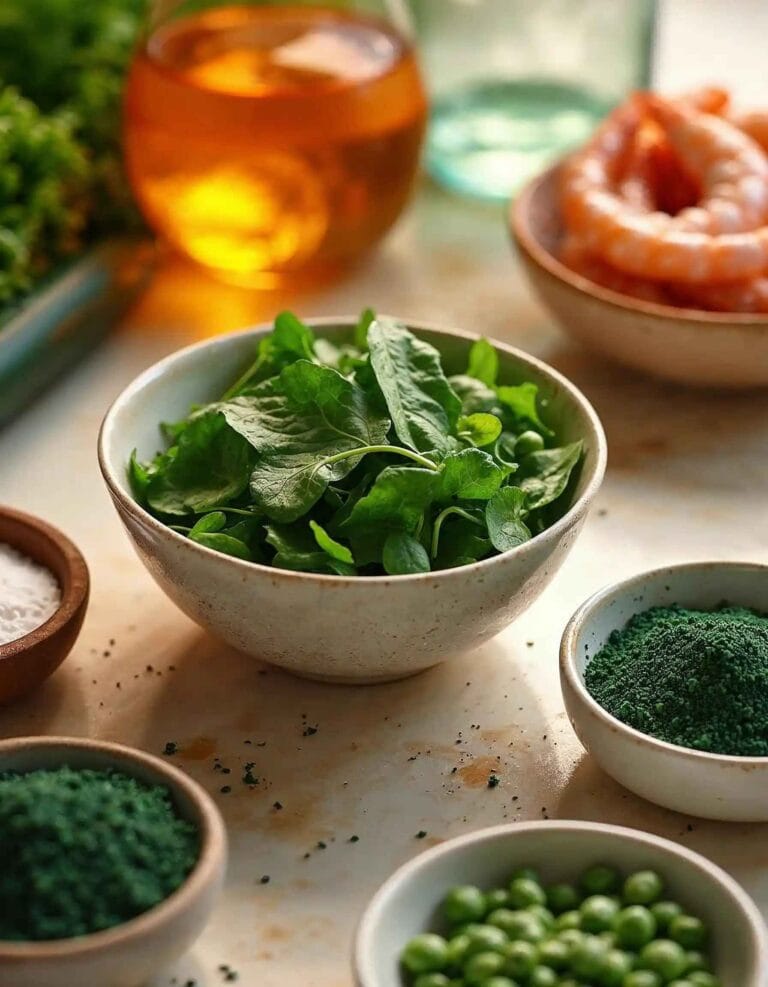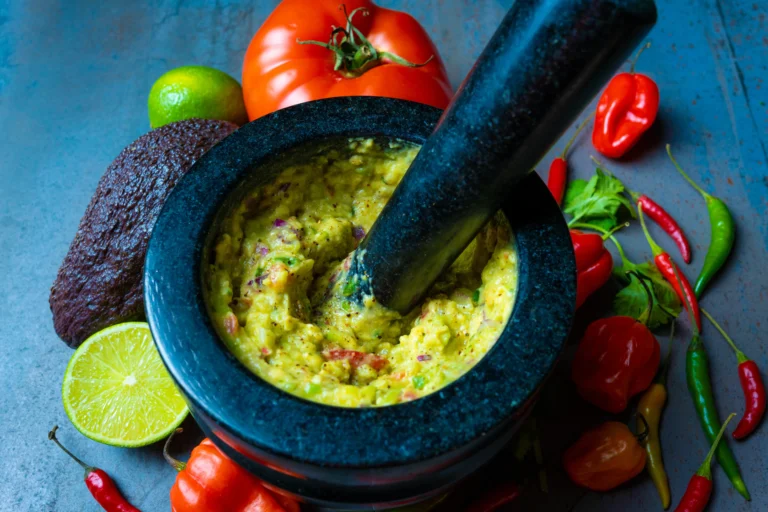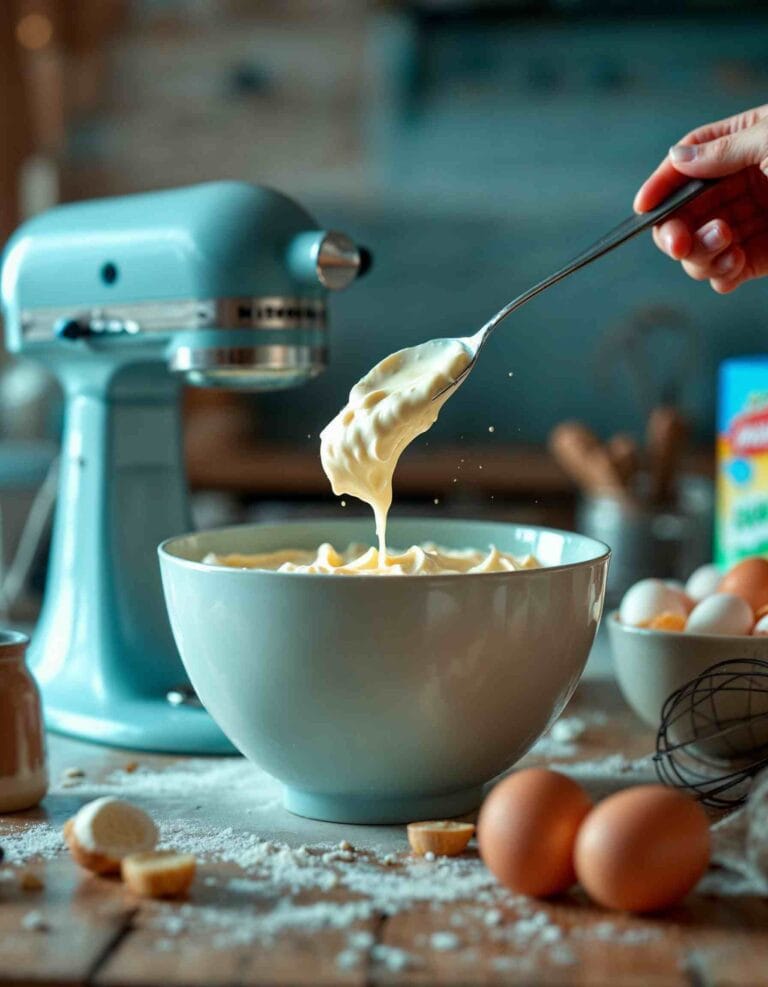Beef Back Ribs: The Ultimate Guide to Perfectly Tender and Flavorful Ribs
Beef back ribs are a cherished cut of meat celebrated for their robust flavor, tender texture, and versatility in cooking. Derived from the rib section of a cow, these ribs are located closer to the spine and contain less meat than short ribs, but what they lack in quantity, they more than make up for in taste. Known for their rich marbling and ability to absorb marinades and rubs, beef back ribs are a favorite among BBQ enthusiasts and home cooks alike.
In this guide, we’ll explore everything you need to know about beef back ribs, from selecting the perfect cut to mastering various cooking techniques. Whether you’re hosting a backyard BBQ, preparing a family dinner, or trying your hand at smoking meats, beef back ribs promise to deliver a culinary experience that’s both satisfying and memorable.
Understanding Beef Back Ribs
Beef back ribs are a distinctive and flavorful cut that stands apart in the world of barbecue and slow cooking. To truly appreciate their value, it’s essential to understand their characteristics, origin, and how they compare to other rib cuts. Let’s dive deeper into the unique aspects of this meat.
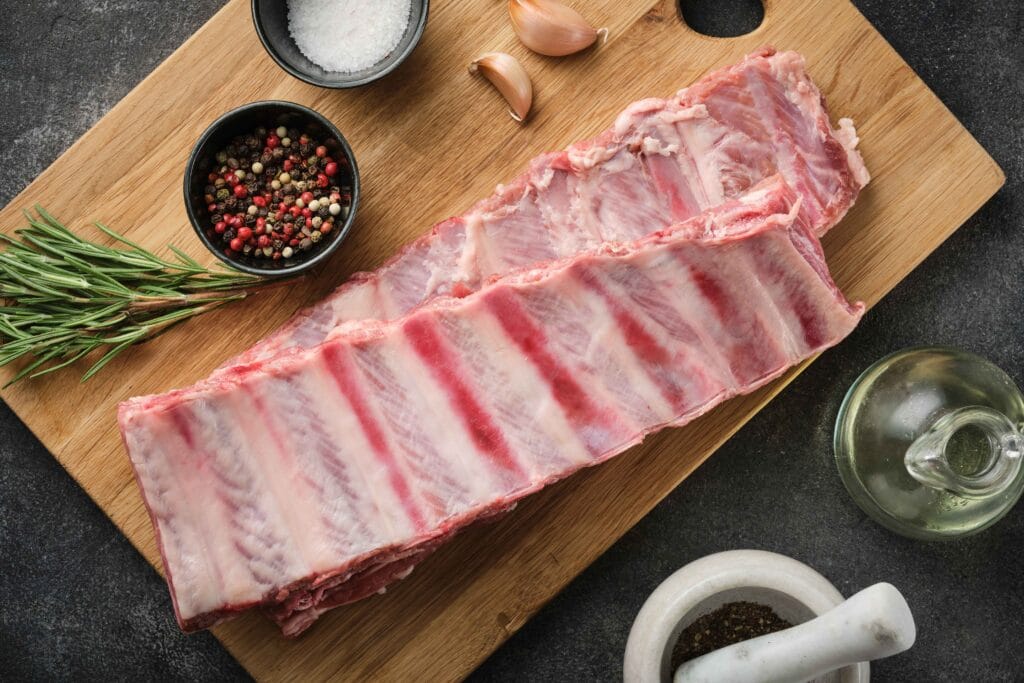
Difference Between Beef Back Ribs and Short Ribs
At first glance, beef back ribs and short ribs might seem similar, but they differ significantly in terms of origin, structure, and flavor profile.
- Beef Back Ribs: These are taken from the upper part of the rib cage, near the spine. They are often left with less meat on top because the prime rib section has been removed for other premium cuts like ribeye steaks. Despite this, the meat that remains between the bones is tender, fatty, and packed with flavor.
- Short Ribs: Derived from the lower section of the rib cage, short ribs are meatier and contain a higher fat content. Their robust texture makes them ideal for slow cooking methods like braising.
When choosing between these two, consider the cooking method and desired flavor intensity. Beef back ribs excel in grilling and smoking due to their rich marbling and ability to absorb smoky flavors.
Nutritional Value of Beef Back Ribs
Beef back ribs are a source of high-quality protein and essential nutrients. Here’s an overview of their nutritional profile per a 3-ounce cooked serving:
- Calories: Approximately 240
- Protein: Around 18 grams
- Fat: Approximately 18 grams
- Iron: 15% of the daily recommended intake
- Zinc: 30% of the daily recommended intake
These ribs are rich in iron and zinc, which support healthy blood circulation and immune function. However, due to their higher fat content, moderation is key if you’re watching your calorie intake.
Flavor Profile and Texture
The flavor of beef back ribs is what sets them apart. Thanks to the marbling and connective tissue, the meat between the bones becomes succulent and flavorful when cooked correctly. The taste can be described as:
- Rich and Bold: The natural beef flavor shines through, even with minimal seasoning.
- Smoky and Savory: When grilled or smoked, the ribs develop a smoky crust that pairs perfectly with their tender interior.
- Tender Yet Chewy: Unlike short ribs, which are fork-tender after braising, beef back ribs maintain a pleasant chewiness that BBQ enthusiasts love.
The balance between fat and connective tissue makes these ribs ideal for absorbing the flavors of rubs, marinades, and sauces.
Selecting Quality Beef Back Ribs
The secret to cooking mouthwatering beef back ribs starts with choosing the right cut. High-quality ribs set the foundation for flavor, tenderness, and an enjoyable cooking experience. In this section, we’ll explore what to look for when selecting beef back ribs and how to differentiate between good and great cuts.
Fresh vs. Frozen Beef Back Ribs
When shopping for beef back ribs, you’ll often encounter both fresh and frozen options. Here’s how they compare:
- Fresh Beef Back Ribs: Fresh ribs tend to have a superior texture and flavor. They are ideal if you plan to cook them within a few days. Look for ribs with a bright red color and avoid any that appear grayish or dry.
- Frozen Beef Back Ribs: Frozen ribs are a practical option for long-term storage. Ensure they are vacuum-sealed to prevent freezer burn. Before cooking, thaw them properly in the refrigerator for even cooking.
While both options can yield delicious results, fresh ribs are often preferred for their immediate flavor and tenderness.
Signs of Quality Beef Back Ribs
To ensure you’re purchasing the best beef back ribs, consider the following factors:
- Color: High-quality ribs should have a rich, red hue, indicating freshness. Avoid ribs with excessive brown spots or discoloration.
- Marbling: Look for evenly distributed fat within the meat. Marbling enhances flavor and tenderness during cooking.
- Bone Structure: Choose ribs with a consistent bone size. The meat between the bones should be ample, not excessively trimmed.
- Smell: Fresh beef should have a mild, pleasant scent. A sour or overly strong odor is a sign of spoilage.
Buying from reputable butchers or grocery stores with a high turnover rate can also ensure fresher, better-quality ribs.
Understanding Marbling and Cut
Marbling refers to the thin streaks of fat within the meat, and it’s a key indicator of quality:
- Why Marbling Matters: Fat is the carrier of flavor in meat. As the ribs cook, the fat melts into the meat, creating a juicy, tender result.
- Cut Considerations: Ribs from the center of the rack often have more uniform meat distribution. End cuts may have less meat but are equally flavorful.
When inspecting the cut, ensure the ribs aren’t overly trimmed. Some butchers may remove too much fat, which can compromise the flavor and moisture during cooking.
Local Butchers vs. Supermarkets
Where you purchase your beef back ribs can influence the quality:
- Local Butchers: Often provide fresher, hand-selected cuts. You may also get advice on preparation and custom trimming options.
- Supermarkets: Convenient and often less expensive, but quality can vary. Look for stores that specialize in high-quality meats or have an in-house butcher.
If you’re unsure about the quality, don’t hesitate to ask questions. A good butcher will be happy to share details about the meat’s origin, storage, and preparation tips.
Preparation Techniques
Preparing beef back ribs properly is key to unlocking their full flavor potential. Whether you’re grilling, smoking, or slow-cooking, starting with well-prepped ribs ensures a more enjoyable cooking experience and better results. In this section, we’ll cover the essential steps to prepare beef back ribs for cooking.
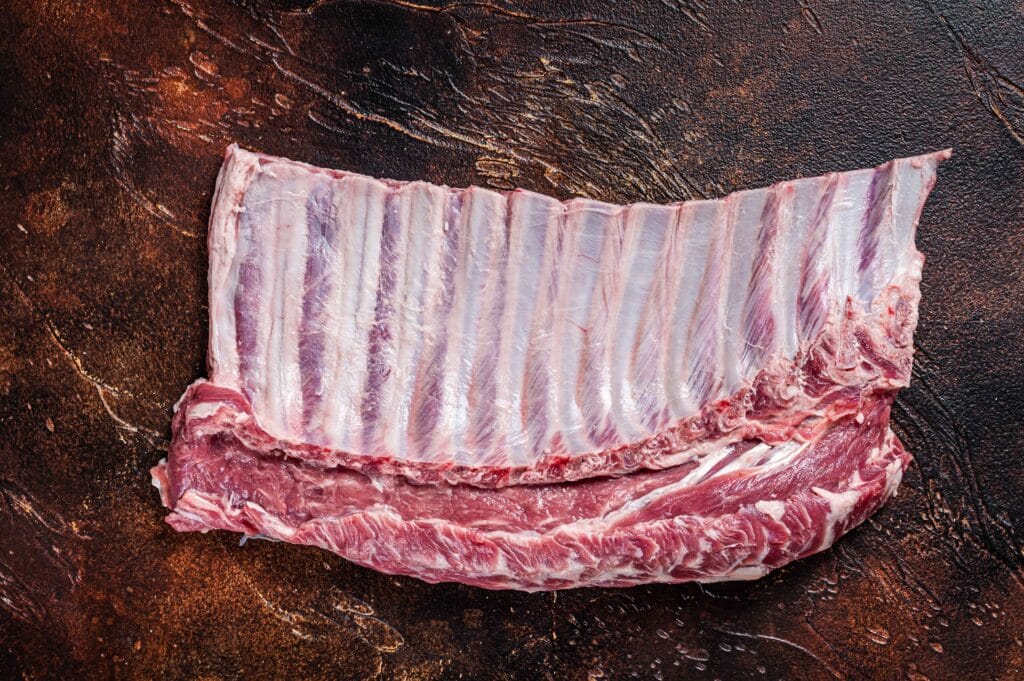
Are Beef Back Ribs a Good Cut? Tips, Benefits, and Cooking Methods
Prepping Ribs for Cooking
Before applying any seasoning or marinade, it’s essential to prepare the ribs properly:
- Remove the Membrane:
- On the underside of the ribs, there is a tough silver membrane that can become chewy if not removed.
- Use a knife to lift one corner of the membrane, then grab it with a paper towel and pull it off in one motion. This step allows marinades and rubs to penetrate the meat more effectively.
- Rinse and Pat Dry:
- Rinse the ribs under cold water to remove any bone fragments or debris.
- Pat them dry with paper towels to ensure seasonings stick to the surface.
- Trim Excess Fat:
- While some fat is desirable for flavor, too much can lead to uneven cooking. Trim any thick layers of fat, especially around the edges.
How to Trim and Season Ribs
- Trimming the Ribs:
Use a sharp knife to trim away excess fat or uneven edges. This step is especially important if you’re aiming for even cooking and an attractive presentation. - Seasoning:
Beef back ribs benefit from a balance of salt, spice, and sweetness. Popular seasoning techniques include:- Dry Rubs: Create a spice mix with salt, black pepper, paprika, garlic powder, onion powder, and brown sugar. Massage the rub generously into the meat, ensuring full coverage.
- Wet Marinades: Combine oil, vinegar, soy sauce, and herbs like rosemary and thyme for a flavorful soak. Marinade times can range from 2 hours to overnight.
Common Marinades and Rubs
Here are a few popular options to inspire your flavor combinations:
- Classic BBQ Dry Rub:
- Paprika, garlic powder, brown sugar, cayenne, black pepper, and kosher salt.
- This rub delivers a sweet and smoky flavor profile, perfect for grilling or smoking.
- Asian-Inspired Marinade:
- Soy sauce, ginger, garlic, sesame oil, and a touch of honey.
- Ideal for ribs cooked in the oven or grilled.
- Herb and Garlic Blend:
- Olive oil, minced garlic, fresh rosemary, thyme, and lemon zest.
- A simple yet flavorful choice that pairs well with roasted or baked ribs.
Letting the Ribs Rest
After seasoning, let the ribs rest for at least 30 minutes at room temperature or refrigerate them for a few hours (up to overnight). This resting period allows the flavors to penetrate the meat and enhances the overall taste.
Tools You’ll Need for Preparation
Investing in the right tools can make prepping beef back ribs easier and more efficient:
- Sharp Boning Knife: For trimming excess fat and membrane.
- Kitchen Shears: Useful for cutting through tougher sections.
- Basting Brush: To apply marinades or glazes.
- Mixing Bowls: For preparing rubs and marinades.
- Large Tray or Pan: To hold the ribs while seasoning and resting.
Frequently Asked Questions About Beef Back Ribs
Are beef back ribs a good cut?
Yes, beef back ribs are an excellent cut for those who enjoy flavorful and tender meat. While they may not be as meaty as other rib cuts, such as short ribs, the meat on beef back ribs is rich and succulent. Their robust flavor comes from the marbling and connective tissues that break down during cooking, making them a favorite for grilling, smoking, or slow cooking. Additionally, they’re versatile and relatively affordable compared to other premium beef cuts.
What is the difference between beef ribs and beef back ribs?
The term “beef ribs” is a general one that encompasses various cuts, including beef back ribs and short ribs. Here’s how they differ:
- Beef Back Ribs: These are taken from the upper part of the rib cage, near the spine. They are leaner and have less meat on top of the bones, as the prime rib has been removed. The meat is tender and well-suited for smoking or grilling.
- Short Ribs: Derived from the lower part of the rib cage, short ribs are meatier and have more fat. They are best cooked with slow, moist heat methods like braising or stewing to achieve fork-tender results.
Understanding these distinctions helps in selecting the right type of ribs for your desired cooking method and flavor profile.
Are beef back ribs tough?
Beef back ribs can be tough if not cooked properly, as they contain connective tissues and less meat compared to other cuts. However, when cooked with the right method and for the appropriate amount of time, these tissues break down, resulting in tender and juicy meat.
- Slow Cooking Methods: Smoking, baking, or slow-cooking over low heat for an extended period ensures the ribs become tender.
- Quick Cooking Methods: Grilling requires proper marination and care to avoid toughness.
Proper preparation, such as removing the membrane and seasoning adequately, also plays a critical role in achieving tenderness.
Which of the cooking methods is best for back ribs?
The best cooking method for beef back ribs depends on your desired flavor and texture. Here’s a breakdown of the most popular methods:
- Smoking:
- Ideal for achieving a deep, smoky flavor. Cook the ribs at a low temperature (around 225°F) for 4-6 hours. The slow heat allows the connective tissues to break down, creating tender ribs with a rich smoky crust.
- Grilling:
- Perfect for quick cooking and achieving a caramelized outer layer. Use indirect heat to cook the ribs for about 1-2 hours, then finish with direct heat for a charred exterior.
- Baking:
- A convenient indoor option. Season the ribs, wrap them in foil, and bake at 300°F for 2-3 hours. This method locks in moisture and ensures tenderness.
- Slow Cooking:
- The most foolproof method. Place the ribs in a slow cooker with your favorite sauce and cook on low for 6-8 hours. The result is fall-off-the-bone tenderness.
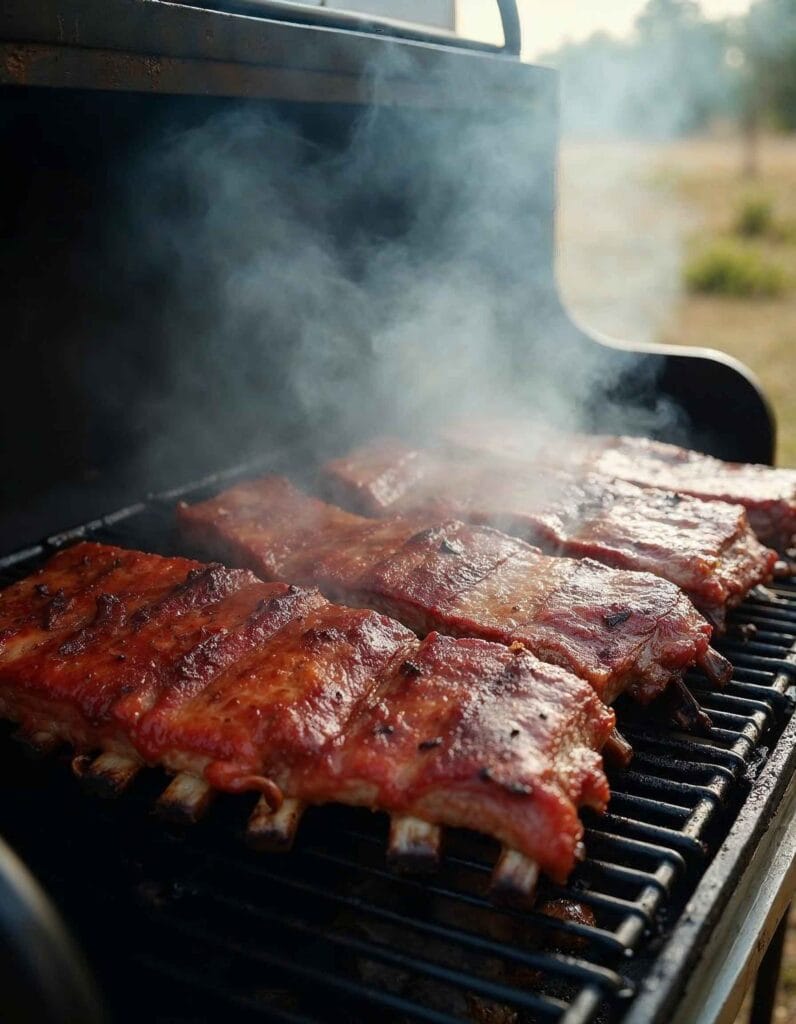
Each method has its advantages, but smoking and slow cooking are often preferred for beef back ribs because they allow the meat to absorb flavors while becoming tender and juicy.
Are Beef Back Ribs Tough? Tips for Tender Ribs
Conclusion
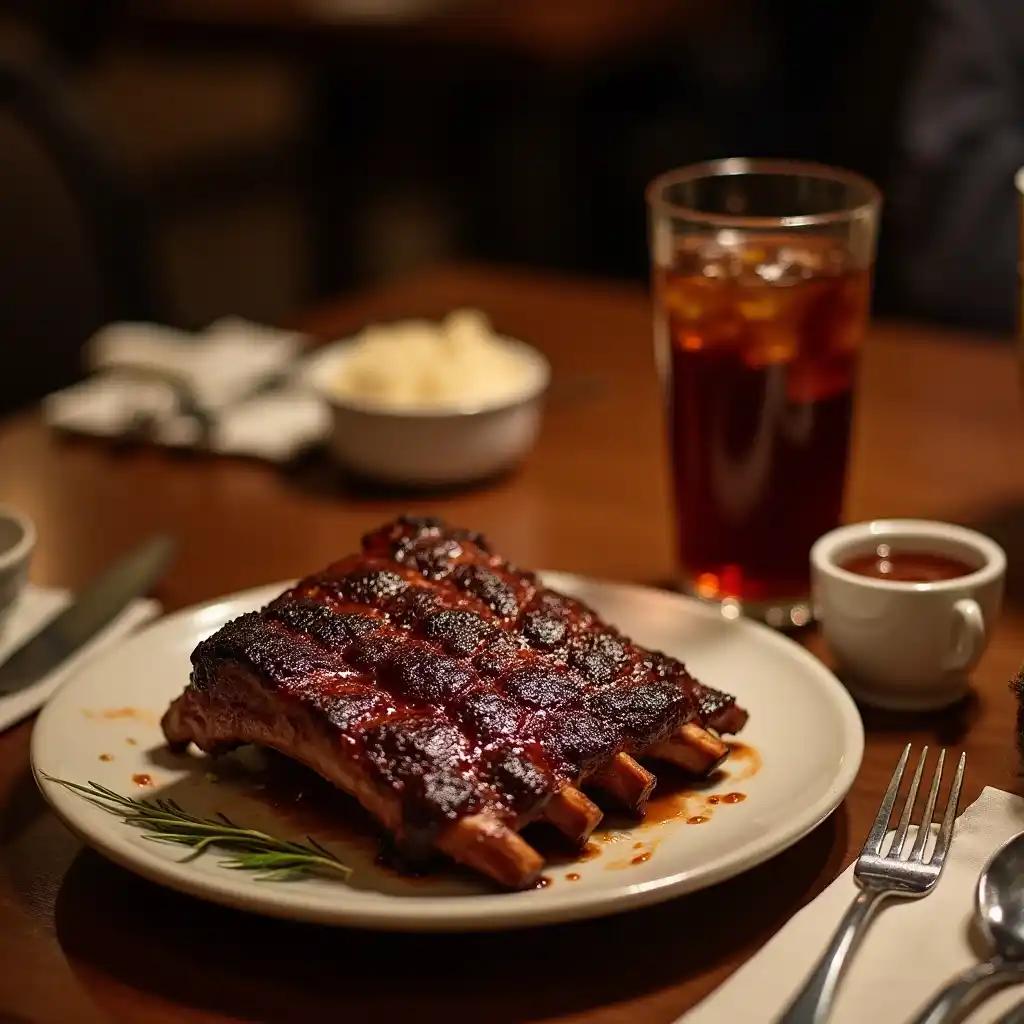
Beef back ribs are a delightful cut of meat that embodies bold flavors and culinary versatility. Whether you’re a seasoned pitmaster or a home cook looking to try something new, these ribs offer an unparalleled opportunity to create memorable dishes. From their rich marbling to their ability to absorb the smoky essence of a grill or smoker, beef back ribs shine in both traditional and innovative recipes.
Selecting quality ribs, preparing them properly, and choosing the best cooking method are the cornerstones of achieving tender, flavorful results. Whether you prefer the deep smokiness of a slow-cooked rack or the caramelized crust of grilled ribs, the possibilities are endless. Pair them with complementary sides and beverages to round out a meal that’s sure to impress.
Now that you’re equipped with the knowledge to prepare and enjoy beef back ribs, it’s time to roll up your sleeves and get cooking. Experiment with flavors, try new techniques, and savor the satisfaction of creating a dish that celebrates the timeless appeal of this cut of meat.

